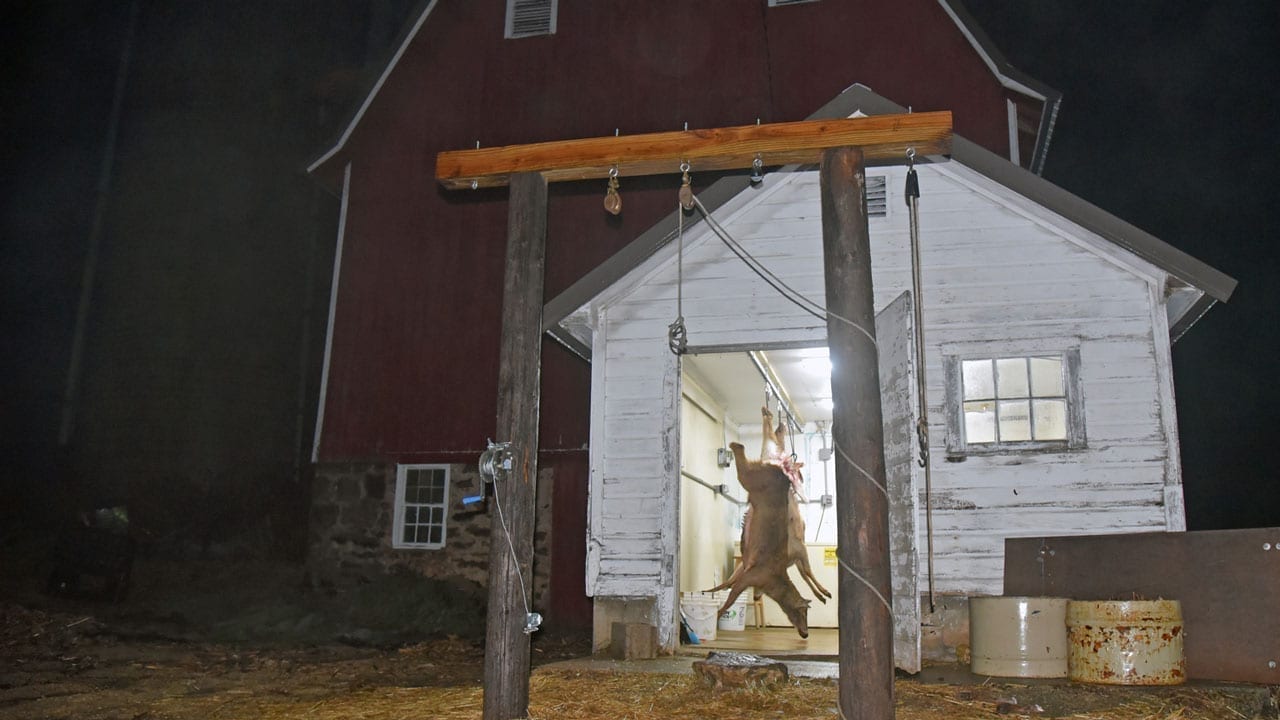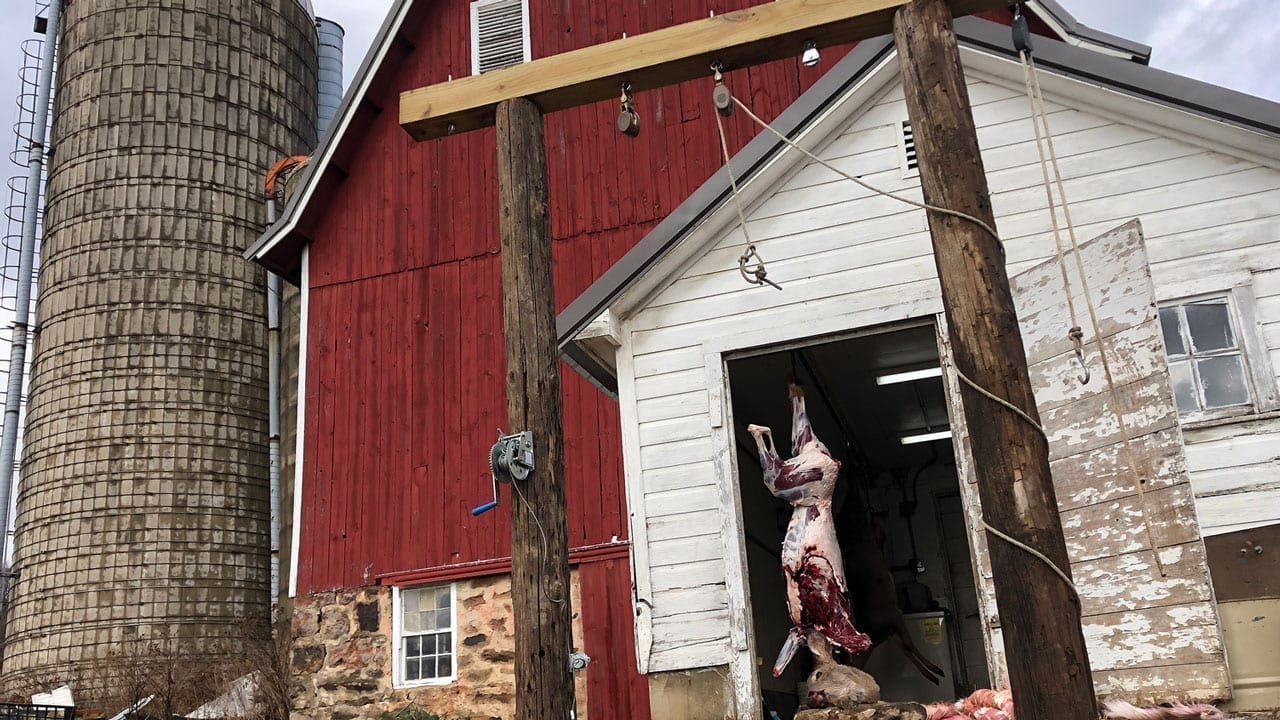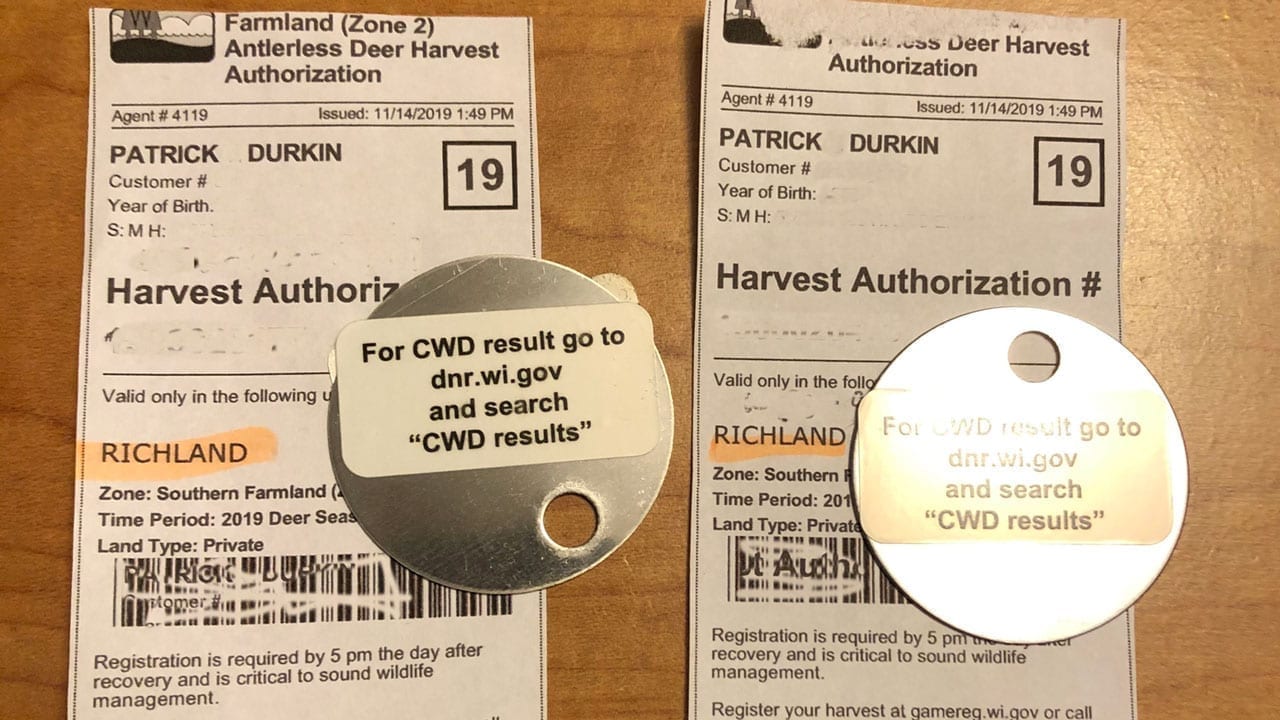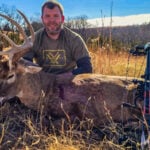Doug Duren built a thinking man’s buckpole outside the milkhouse on his family’s southwestern Wisconsin farm last summer, as if to concede the end of dairy farming on the land and in his bloodline.
The milkhouse is still there, of course, as is the farm’s iconic red barn and two silos at its side. One silo, symbolically enough, has lost much of its domed top, whose torn aluminum sheets flap and rattle in winds gusting down from the oak ridges.

Even though Duren’s farm still has its dairying buildings, they’re now dark in the predawn hours, as are most farm buildings in Wisconsin’s Driftless Area. In the state’s recent past, hazy light shined from countless doors and windows of barns and milkhouses at 5 a.m. as deer hunters raced westward from Madison to Sauk, Iowa, Richland and other counties to reach their stumps and treestands before sunrise.
One thinks of such changes while packing gear into a pickup in the misty predawn after an overnight downpour. I had hoped to hang two deer on Duren’s buckpole the previous evening, Dec. 28, but he talked me out of it, noting forecasts for heavy rain after midnight. “It’ll be a cold mess skinning those deer tomorrow if you hang them outside tonight,” he said.
From Dairy Barn to Deer Skinning Shed
Instead, Duren helped me hang the two does inside his milkhouse, which he is slowly converting into a butcher shop. The milkhouse lost its original purpose when Duren’s family ceased dairy-farming in 1988. Lest anyone forget the milkhouse’s roots, the final readings from its bulk tank remain legible on its walls.
But thanks to Duren, the building retains its utility, however sporadic its use. Its east side now holds two large tables with stainless-steel tops bought off Craigslist. And its ceiling above the west wall holds a heavy-duty rail system with sliding meathooks that hang entire deer or just their quarters.
Those updates are Duren’s designs, but he shared the actual labor with friends and family. Those workers included his nephew Sam Forkert; and friends Adam Esser, Kate Jordan and Brock Rosenkratz, whom Duren dubs “conservation cooperators.” In brief, they do habitat-related chores to earn hunting access.

Duren’s repurposed milkhouse performs well as a butcher shop throughout the state’s archery and firearms seasons. For instance, when you slide your deer down the ceiling rail toward the entry door, its body stops about three paces from a boat winch mounted outside on the buckpole.
To skin your deer, you don’t need to lower it from the meathook and hoist it onto the buckpole. No, you simply skin your deer’s hindquarters, cut its tailbone, and hook the winch’s cable beneath the tail’s severed base. Next, you prepare its front quarters by severing the knees’ tendons, removing the lower legs, and slitting the hide up the backside of the upper legs.
Now, just crank the winch’s handle until every inch of its cable returns to the spool. As you crank, the cable peels the hide down the deer’s body, across the withers and shoulders, and all the way to the jawbone.
Like his redesigned milkhouse, Duren built his buckpole for practicality and durability. He used salvaged utility poles for its uprights, a treated 6-by-8 beam for its crossbeam, and five heavy-duty screw-eyes for hanging deer. The winch lets you hang deer by yourself, a task made even easier with pulleys Duren attached to three screw-eyes.
When Wisconsin’s gun- and archery deer seasons ended Jan. 5, Duren knew the farm’s body counts without benefit of notes. He hung 10 deer from the buckpole, or half of the 20 that fell on his farm last fall. That’s the second highest kill in the farm’s history. The record, 30, fell in 2018. He breaks down the 2019 kill this way:
Fifteen deer came from his land, two from his friend Tyson Hall’s property next door, and three road-kills from highway ditches running through his farm.
Four of the 20 deer carried antlers, and another four the “nubs” of buck fawns. The other deer — “You do the math” — were adult does and doe fawns. Duren includes the road-kills because every deer that dies on his property gets tested for chronic wasting disease. The first 19 tested showed no evidence of the always-fatal disease, but the last one tested—a 1.5-year-old doe shot after Christmas—tested positive.

Duren also notes that he and his hunters used the milkhouse to process six deer. My two, however, came off my cousin Peg’s family farm 10 miles to the southeast. I wouldn’t have gotten those deer without Peg’s help, and some repurposing work of our own. After I hunted Peg’s place without success Dec. 3 during the muzzleloading season, she suggested I try the cornfield behind her barn, where deer often feed in the chopped stubble near dusk.
She also suggested I sit in the barn’s hayloft and watch the field from a side window, rather than one of my bow stands overlooking other fields. There’s ample room in the barn, given that it hasn’t held hay for Herefords the past 15 years. Sure enough, when sitting there Dec. 14, I watched eight deer enter the field’s northern end 260 yards away. They soon fed downhill, however, putting the barn’s rear corner between my rifle and them.
Hearing that news, Peg suggested I cut a small shooting window in that corner the next time I visited. I returned Dec. 24 with a saw, hinges, hook clasps, portable drill and a chunk of plywood. Four hours later I had a shooting window with a hinged door, and a shooting bench for a steady rest.
Just after the rain eased Dec. 28 near dusk, two antlerless deer jumped the fence into the field 165 yards away. Two copper bullets from my .30-06 put them down in the muddy field, and I gutted them by headlamp soon after. My lifelong friend Mike Foy showed up minutes later, and we loaded the deer into my pickup’s bed.
With my 2019 gun and archery deer-hunts complete, I drove toward Duren’s farm and deer-processing center.
Footnote: I passed no lighted barns or milkhouses during that 10-mile trip

 By
By 



